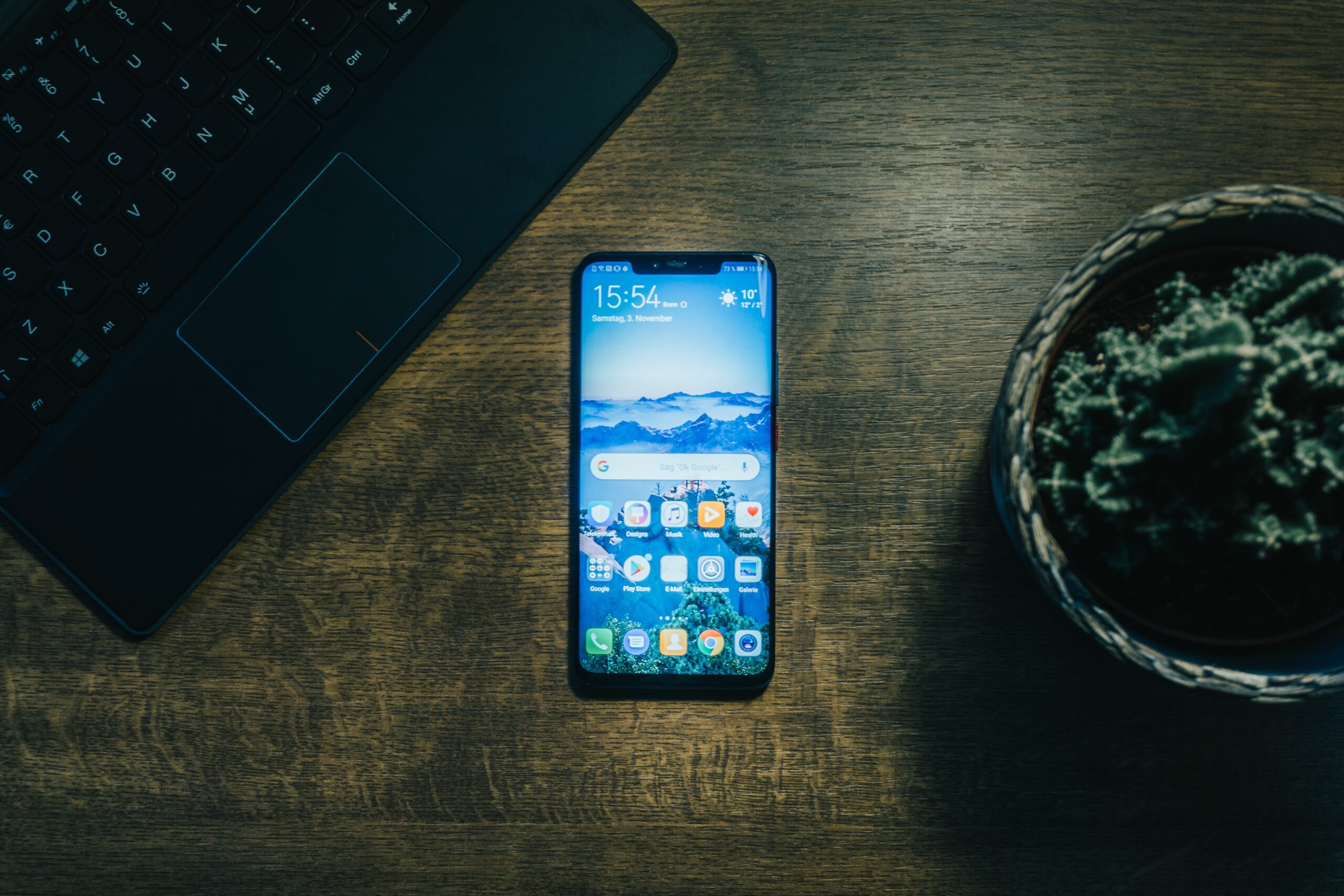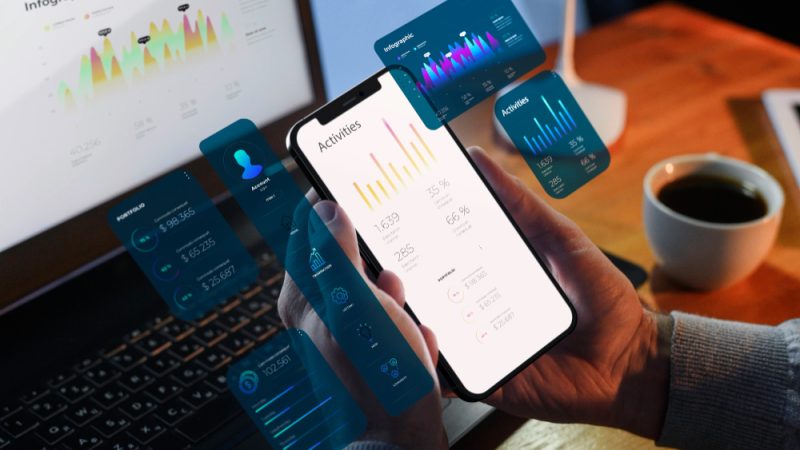Here’s Why Your Mobile App is Slow? To-Do List To Make it Fast?

Do you know for each extra second of loading time, an app loses several users? Well, loading time delay directly eats away the conversion rate of your app. This is why more than anything else, you need to focus on speeding up an app’s performance. But this also involves understanding the common reasons behind the slow loading speed of apps.
When a mobile app development company has an understanding of these underlying reasons, they can take a due course to speed up the app performance and make it work faster. Here we are going to shortlist the reasons for slower app performance and ways to address them.
Problem: Undue server overload
The server works in the background to keep the app up and running. The server in the background runs application code, accesses the disk files, and carries out many background tasks, including interacting with users from other sources.
When a server is working more than its capacity and handling more data than it can accommodate, it can result in a shortage of memory space, resulting in longer processing time. This happens because several server requests wait for their turn for requests of others to get processed.
Solution: Using an additional reverse proxy server
When you reduce the server’s workload, it becomes capable of processing more requests in less time resulting in faster loading time. To help the server with this load, you can offload some tasks to a reverse proxy server. This type of server having a direct internet connection can communicate with the app server using a high-speed internal network. Thanks to this, the app server gets bigger free space and the processing time for server requests gets shorter.
Another effective way to address the problem of the overloaded server is to add
a load balancer that can efficiently distribute web traffic and speed up the app server’s job.
Unusually big data volume
There is one common problem, and it concerns the data an app needs to handle. When an app takes too heavy volumes of data, the performance is going to be slower. Too much data means too many data loading tasks for the server causing longer loading time or slow speed. To reduce data load, you cannot sacrifice the user experience and drop relevant app data and rich app features. This is where we suggest a befitting solution.
The Solution: Data Compression
To reduce the volume of your data, you can compress heavier contents in your app. You can compress audio content, rich graphics, video files, and animations to reduce the overall size and volume of the content without messing with the app features and functionalities. Data compression for many apps plays a positive role in boosting app speed to a great extent. In this respect, it is essential to maintain the right compression standards for different content and components like graphics and animation, images, video files, and music or audio files.
Problem: Under optimized SSL and TLS
Both Secure Sockets Layer (SSL) and Transport Security Layer (TSL) are the must-have elements for app security. They are highly effective because of the encryption of data transitioned from the source to the app server. Even significant platforms, including Google, give a lot of importance to these encryption technologies to safeguard data. But even these technologies have their share of shortcomings in terms of performance.
Both SSL and TLS can slow down the app speed if they are not optimized properly. For every new connection, the encryption and decoding of the data in transit result in slower performance. Let’s now discuss the solution to this problem.
Solution: Optimize SSL & TLS
The most important approach is to reduce the overhead from SSL and TLS. The implementation of HTTP/2 and SPDY gives the assurance that the browsers only need a single connection every session. This reduces the instances of decoding the encrypted data for new connections and thus optimizes speed. Other tried and tested measures to address this include caching the user session, OpenSSL, OCSP Stapling, etc.
Problem: Using outdated software and framework
The app performance can also be impacted severely because of running outdated software and framework versions. Obsolete software versions are responsible for slower performance as they cannot allow the latest optimizations of the compilers and cannot get continuous community support.
Solution: Use the latest and upgraded software version
Now you need to find out the outdated software and frameworks in your technology stack. Pick the ones that have not been updated for some time or have not upgraded to the latest version. Now update all of them to the newest version, and you can experience the performance boost in no time.
Problem: Faulty libraries and development kits
Both libraries and SDKs are used in building any app. Despite their usefulness, they are also often responsible for security issues and performance glitches. Just like any code of third-party libraries can also be faulty and erroneous, resulting in slower app speed.
Solution: Strike out the faulty ones
The only and obvious solution is to drop these faulty libraries and SDKs and use the ones known for their stable performance and security. Apart from that, also check the community support enjoyed by the library or the SDK.
Conclusion
There are several other things to do to improve the app performance and loading speed. But these technical glitches are most frequent to impact the app performance negatively, so we considered them worth discussing.






